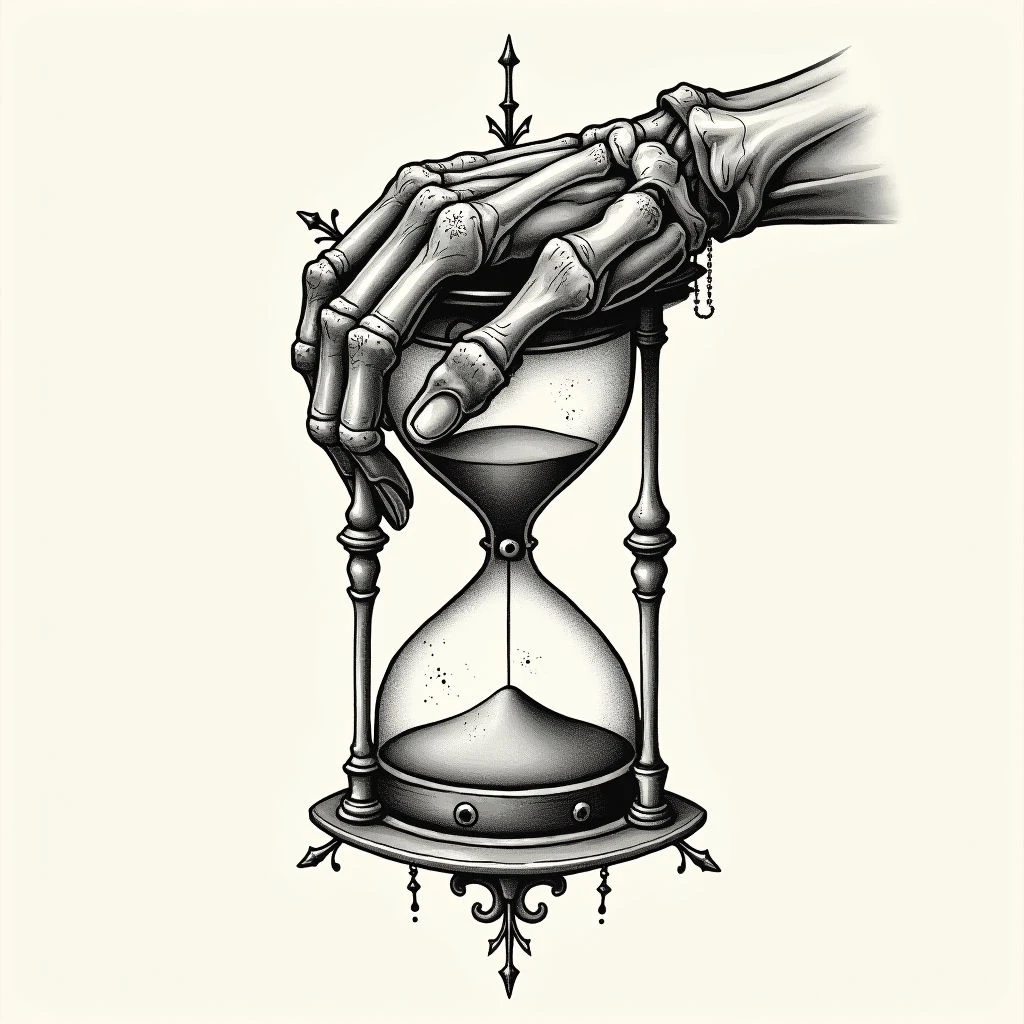The Enduring Symbolism of the Skeletal Hand
The image of a skeletal hand has resonated throughout history, appearing in countless depictions across cultures. From medieval memento mori to modern tattoo artistry, it carries layers of symbolic weight.
Medieval Origins & Symbolism
A medieval scholar would examine this imagery through the lens of its historical context – primarily as a stark reminder of mortality and a contemplation on life's fleeting nature. During the Middle Ages, memento mori—reminders of death—were prevalent in art and culture. Skeletal hands frequently appeared, often grasping objects like hourglasses or scythes to emphasize the inevitability of death. They served as a potent visual sermon for the soul’s journey to the afterlife.
Beyond Mortality
It wasn't just about death, though. Skeletal hands could also represent protection – similar to the 'Hand of God' motif found in religious iconography. In heraldry, grasping hands symbolized strength and dominion; their skeletal form might have been employed by those acknowledging their power’s ultimate fragility.
Modern Interpretations
Today, skeleton hand tattoos continue to evoke these historical themes but also acquire new meanings. Here's a glimpse:
-
Mortality & Remembrance: A powerful reminder of how brief life is.
-
Overcoming Adversity: The skeletal hand can symbolize strength and resilience when facing tough times. It's a visual declaration that you’ve weathered storms.
-
Protection & Guidance: Some see it as a spiritual guardian, or a connection to ancestral wisdom – a silent protector watching over them.
-
Rebellion & Nonconformity: A bold statement against societal norms; a way of saying you march to your own beat.
The enduring appeal lies in the duality—fragility and power, mortality and protection. It’s this complex interplay that continues to captivate across generations.


